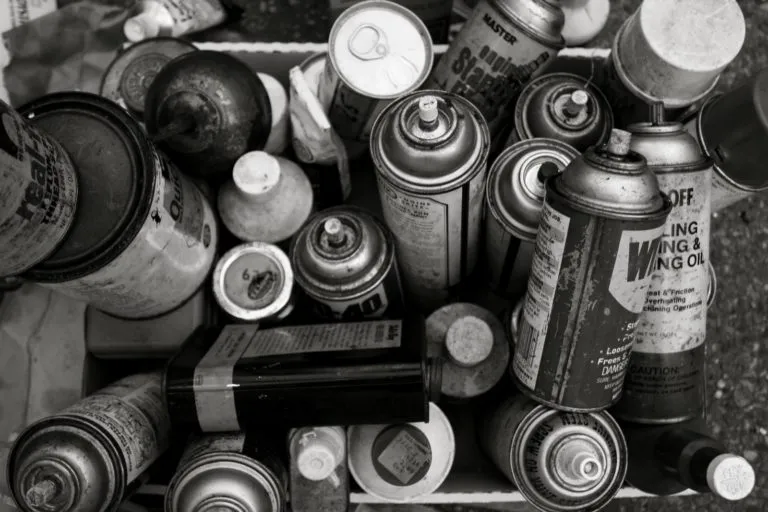Ozone Depleting Substances Can Become Serious Issues;
What are ozone depleting substances? As we all know, the ozone layer plays a vital role in protecting the Earth by filtering out harmful ultraviolet (UV) rays from the sun. However, the significant loss of ozone recently cannot be solely attributed to natural factors. Human-made chemicals and gases have been the primary contributors to this depletion.
Ozone Depletion;
is a term used to describe two related phenomena concerning the world’s ozone layer. The first is the gradual and consistent decline of the ozone layer at a rate of around 3% per decade. The second is the larger, but seasonal, reduction in ozone levels, particularly in the world’s Polar Regions, commonly referred to as the ozone hole. A variety of chemicals, including fluorine, chlorine, bromine, hydrogen, and carbon, are considered major contributors to ozone depletion. These substances are often classified as halocarbons and are found in various industrial and commercial applications.
Chlorofluorocarbons;
These substances contain one or more carbon atoms and at least one atom each of fluorine and chlorine. CFCs were first developed in the 1920s as a safer alternative to sulfur dioxide for use as a coolant gas.
Hydro-chlorofluorocarbons;
A group of human-made chemicals that contain carbon, chlorine, hydrogen, and fluorine. The presence of hydrogen makes them less stable and therefore less harmful to the ozone layer. These substances are primarily used in refrigeration, foam blowing, cooling, solvent cleaning, and, to a lesser extent, in fire protection and aerosols.
Bromochloromethane;
Bromochloromethane is a chemical compound containing bromine, chlorine, carbon, and hydrogen. It is also known as Halon 1011 or Chlorobromomethane.
Halons;
These are chemical substances containing chlorine, bromine, fluorine, or carbon in their structure. Halons are highly effective for extinguishing fires. They leave no solid residue and are not harmful to people when used at the recommended concentrations. Due to these properties, Halons are used in a variety of fire suppression systems, ranging from industrial and commercial flooding systems to handheld fire extinguishers commonly used in homes and offices.
Carbon Tetrachloride;
Carbon tetrachloride is a compound containing one carbon atom and four chlorine atoms. It was once widely used as a raw material in the production of CFCs and was also used in fire extinguishers, pesticides, dry cleaning agents, paints, pharmaceuticals, and solvents.
Methyl Bromide;
Methyl bromide is a chemical compound containing bromine, hydrogen, and carbon. It is one of the main contributors to ozone depletion and has various agricultural uses, including soil fumigation and fumigation in food production facilities.
Since 2010, Dust Chasers has offered quality air duct cleaning services in the greater Toronto area. If you are looking to improve indoor air quality, feel free to call us toll-free for a consultation at 18556873878 Extension 701.
Feel free to check out our Duct Cleaning Blog for more content related to improving indoor air quality at your home or office.
[/vc_column_text][/vc_column][/vc_row]






